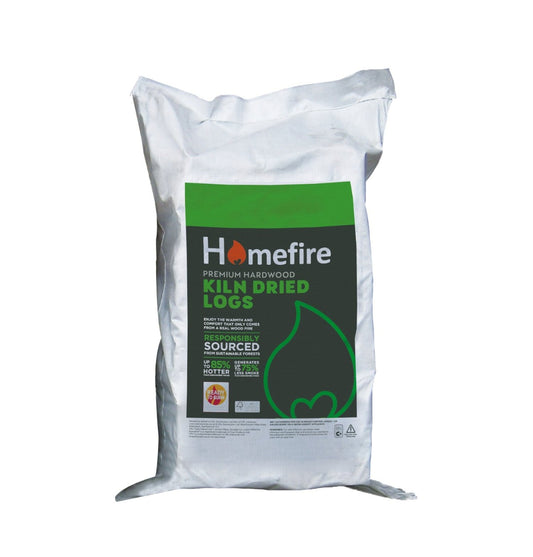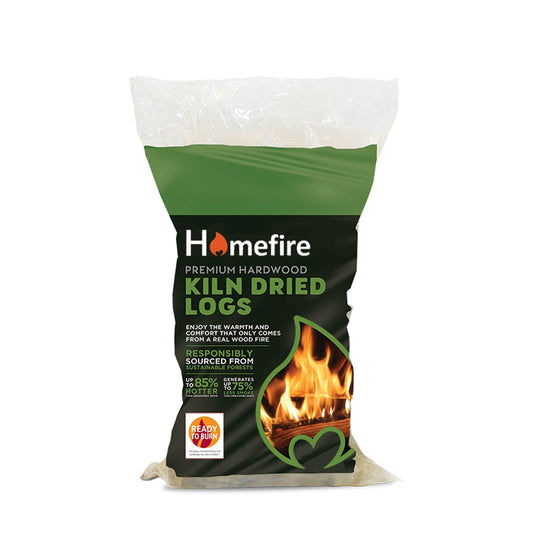The Christmas tree that you decide to buy for your annual celebration makes a big difference to the environment. After all, are Christmas trees sustainable? How do you know what to choose, with so many options available? Here, we explain why choosing a sustainably sourced Christmas tree is one of the most important environmental decisions you will make this winter.

Is a plastic Christmas tree sustainable?
Some people assume that buying an artificial Christmas tree is a good move from an environmental perspective. But in reality, artificial trees are made with a combination of PVC and steel and are not recyclable at the end of life. What’s more, the majority of plastic trees that are sold in western countries are imported from China, which is a journey in itself that results in lots of carbon emissions. In fact, the carbon footprint of a plastic Christmas tree is approximately 88lbs of CO2, which is more than ten times the footprint of a sustainably grown Christmas tree that is properly recycled.
But surely using an artificial tree is better than cutting down a living tree for the sake of a month’s worth of decorations? Not exactly.
Buying a real Christmas tree that is sustainably sourced is actually a way to contribute to the fight against climate change and support livelihoods and wildlife conservation at the same time.

What is a sustainable Christmas tree?
Although it might seem counterintuitive, the best way to protect forested areas is actually to use them. Sustainably managed forests are capable of producing renewable resources - such as Christmas trees - but we all need to be invested in the process. The reality is that most small-scale Christmas tree farms in your local area are inherently sustainable. They will protect specific sections of their crop for growth each year while allocating another to harvesting.
On average, it takes approximately seven years for a Christmas tree to grow. During this time, it will absorb carbon from the environment. What’s more, for every Christmas tree that is harvested, approximately three new seedling trees are planted. This careful cycle of growth and harvest is what makes natural Christmas trees sustainable. But it’s important to note that not every Christmas tree provider has such ethical intentions.
You need to avoid sellers who cut Christmas trees from primary forests, as well as those who aren’t transparent when informing you about the origin of your Christmas tree. The best way to find a sustainable Christmas tree is to look for local farms in your area. You can then ask how their trees are grown and harvested before committing to a purchase.
Also, once it’s time to take the tree down after the Christmas celebrations, make sure you recycle it the right way. There are several ways to do this - you can donate it to a local tree recycling program in your area or chip the tree for free mulch, for instance. The bottom line is that you need to make an effort to ensure the sustainable cycle is complete by recycling the tree correctly.

Light your Christmas fire with sustainably sourced wood
As well as ensuring that your Christmas tree is sustainable, you should also guarantee that the roaring Christmas fire that you gather around this year is fuelled with sustainable wood. At Homefire, we source all of our firewood from sustainable forests in Latvia. We’re committed to ensuring everyone can enjoy the festive season without having a detrimental impact on the local environment.









